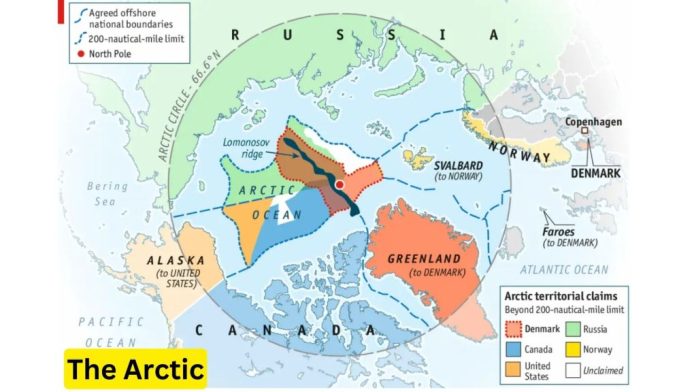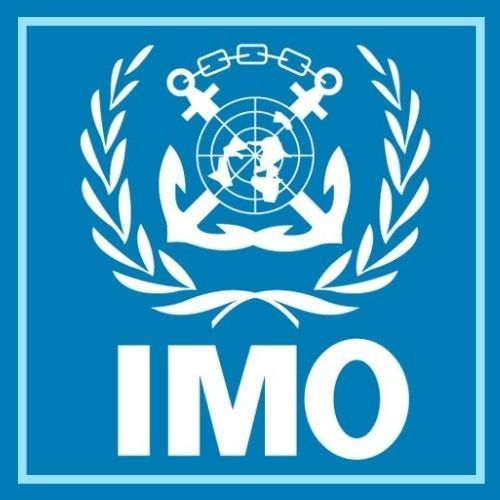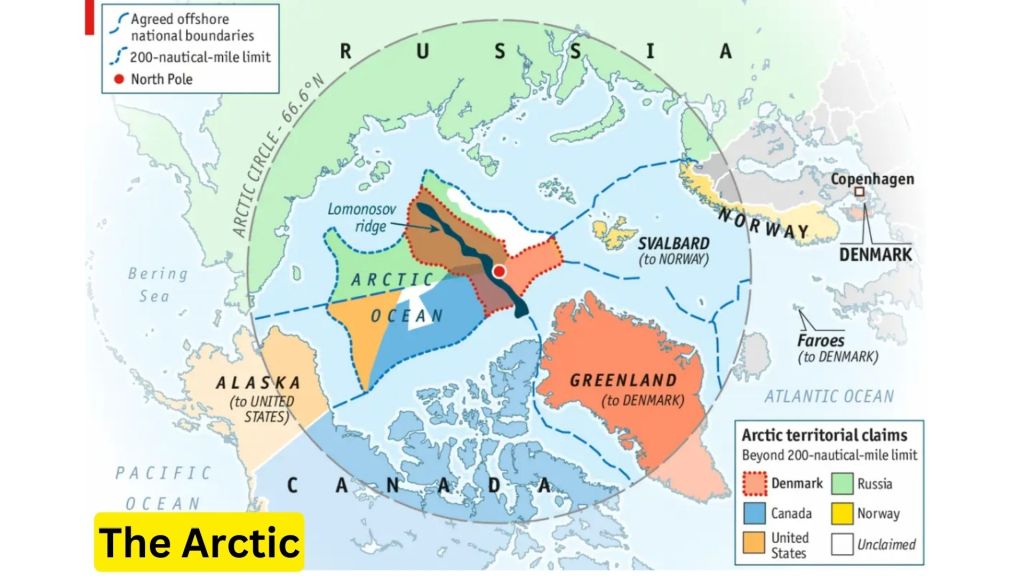
(www.MaritimeCyprus.com) Two new MARPOL regulations dictating fuel properties are due to take effect in 2024 and 2025. This includes the Mediterranean Sea becoming an ECA for SOx in 2025, and the Arctic banning the use and carriage for use of HFO, which will take effect in 2024. More about this in this statutory news.
As of 1 May 2025, the Mediterranean Sea will effectively become an Emission Control Area (ECA) for sulphur oxides (SOx) under MARPOL Annex VI Regulation 14. This implies that from then on when operating in the Mediterranean Sea, the sulphur content of the fuel used on board shall not exceed 0.10%, unless using an exhaust gas cleaning system (EGCS) ensuring an equivalent SOx emission level. This is believed to significantly reduce ambient levels of air pollution in the Mediterranean Sea and in the Mediterranean coastal states, providing benefits to human health and the environment.
At present, the other SOx ECAs under MARPOL are the Baltic Sea, the North Sea, the North American and the United States Caribbean Sea ECAs. In the future, we may see the designation of other SOx ECAs as well. One candidate may be a North-East Atlantic Ocean ECA linking the existing ECAs in the Baltic Sea and North Sea with the Mediterranean ECA.

Arctic waters – prohibition on the use and carriage for use of HFO
From 1 July 2024, heavy fuel oil (HFO) may no longer be used or carried as domestic fuel in bunker tanks when in Arctic waters, with some exceptions:
- Ships engaged in securing the safety of ships, search and rescue operations, or dedicated to oil spill preparedness and response are exempted.
- Ships subject to Regulation 12A of MARPOL Annex I (oil fuel tank protection) or Regulation 1.2.1* of Part II-A of the Polar Code may use and carry HFO until 1 July 2029.
- when operating in domestic waters under the sovereignty or jurisdiction of their flag state may be temporarily waived until 1 July 2029.
HFO in this context implies fuel oil having a density at 15°C higher than 900 kg/m3 or a kinematic viscosity at 50°C higher than 180 mm2/s. It has been discussed whether to also include the pour point as an additional qualifier in the future, but this has not yet been concluded.
The cleaning or flushing of bunker tanks or pipelines is not required after using HFO to prepare for operation within Arctic waters. HFO carried as cargo on tankers is not affected by this regulation.
Recommendations
To stay compliant, it is important to ensure that sufficient fuel with the appropriate sulphur content is available and that proper fuel changeover procedures are in place and implemented before entering the Mediterranean Sea. For ships entering Artic waters, it is essential to ensure that any remaining HFO is disposed of before entering unless the ship is exempted.
References
- Resolution MEPC.361(79) – Amendments to MARPOL Annex VI (Mediterranean SOx ECA)
- Resolution MEPC.329(76) – Amendments to MARPOL Annex I (HFO ban in Arctic waters
Source: IMO














